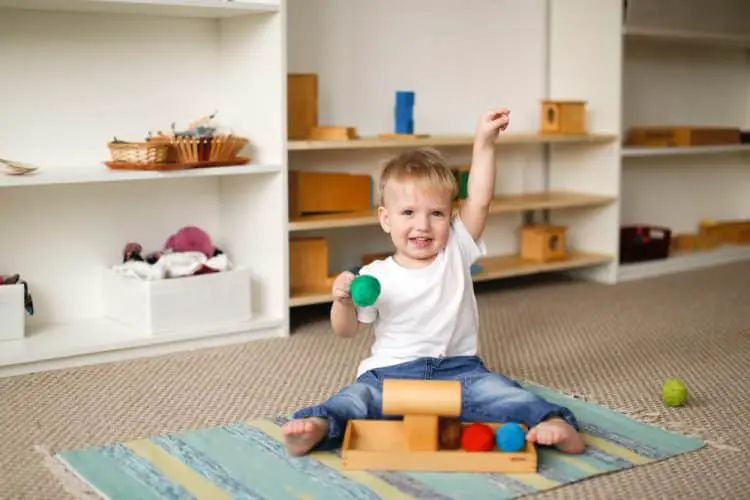There’s something magical about watching a child play on their own, completely absorbed in their world of imagination. From building block towers to hosting tea parties with stuffed animals, independent play is more than just adorable—it’s a crucial part of child development. But how do we encourage it, especially when screens and endless distractions are competing for their attention? Let’s dive into some simple strategies for fostering independent play and explore why it’s such an important part of growing up.
What is Independent Play?
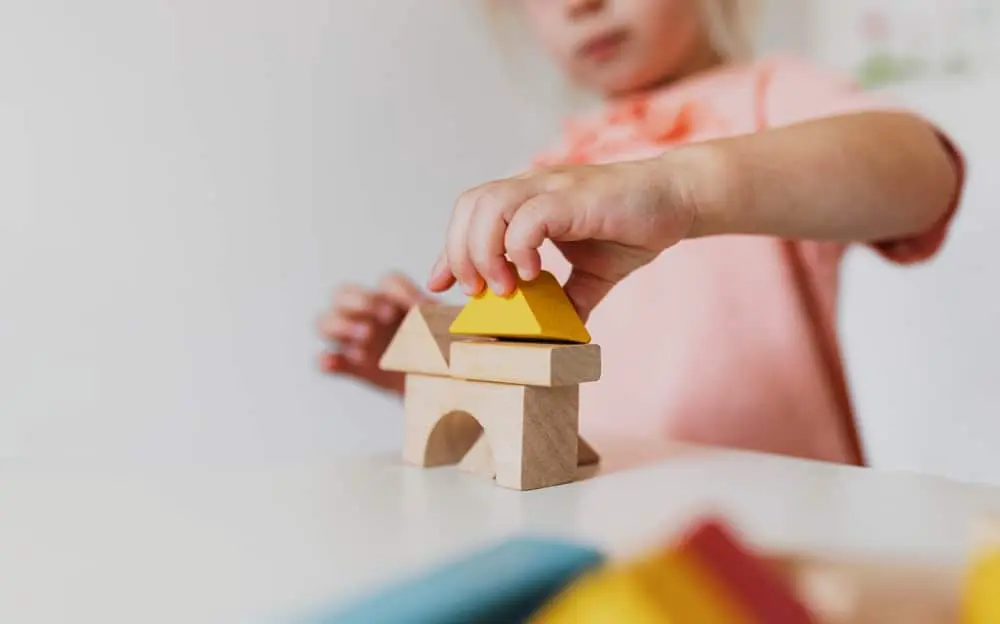
Before we get into the how, let’s clarify what independent play actually is. It’s when a child engages in play on their own without direct involvement or guidance from an adult. It could range from quiet activities like coloring or building puzzles to imaginative scenarios like pretending to be a superhero or running a pretend café.
This type of play helps children develop a wide range of skills, including creativity, problem-solving, and self-confidence. And the best part? Kids often don’t even realize they’re learning; they’re just having fun!
The Benefits of Independent Play
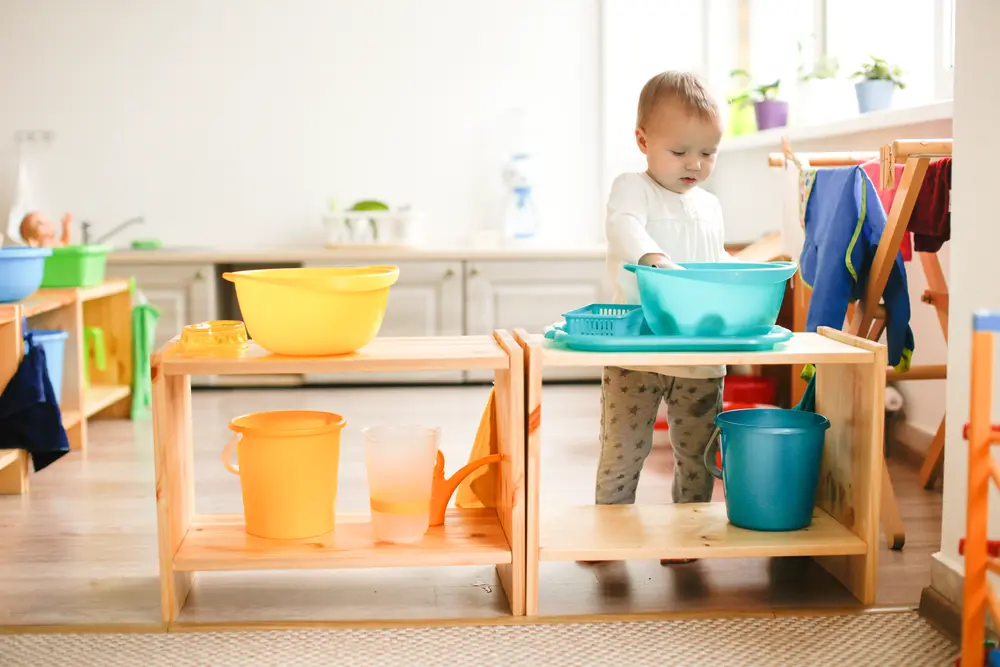
Boosts Creativity and Imagination
Independent play encourages kids to stretch their creative muscles. When they don’t have an adult or peer directing their play, they have to come up with their own ideas and stories. Whether it’s turning a cardboard box into a spaceship or creating a whole new game with random toys, this kind of creativity is only possible when they’re left to their own devices.
Develops Problem-Solving Skills
When kids play independently, they face challenges—like how to balance blocks in a tower or figure out how to make their dolls fit into a toy car. These little problems help them practice trial and error, logical thinking, and persistence. Without someone swooping in to offer help, they learn to rely on their own problem-solving abilities.
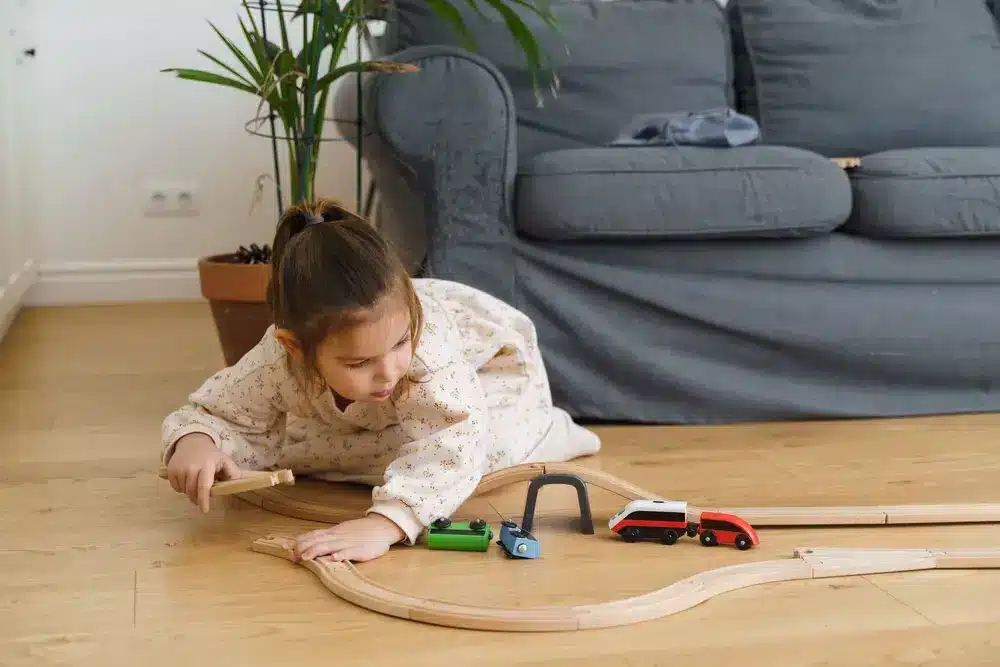
Fosters Emotional Independence
As kids learn to entertain themselves, they also become more comfortable being alone, which builds emotional resilience. Independent play teaches children that it’s okay to be by themselves, and that they don’t always need external validation or constant interaction to feel content.
Increases Attention Span
A child who can engage in independent play tends to have a longer attention span. By getting lost in their own world, they practice focusing on one activity for an extended period. This focus can carry over to other areas of life, such as schoolwork or completing tasks around the house.
How to Encourage Independent Play
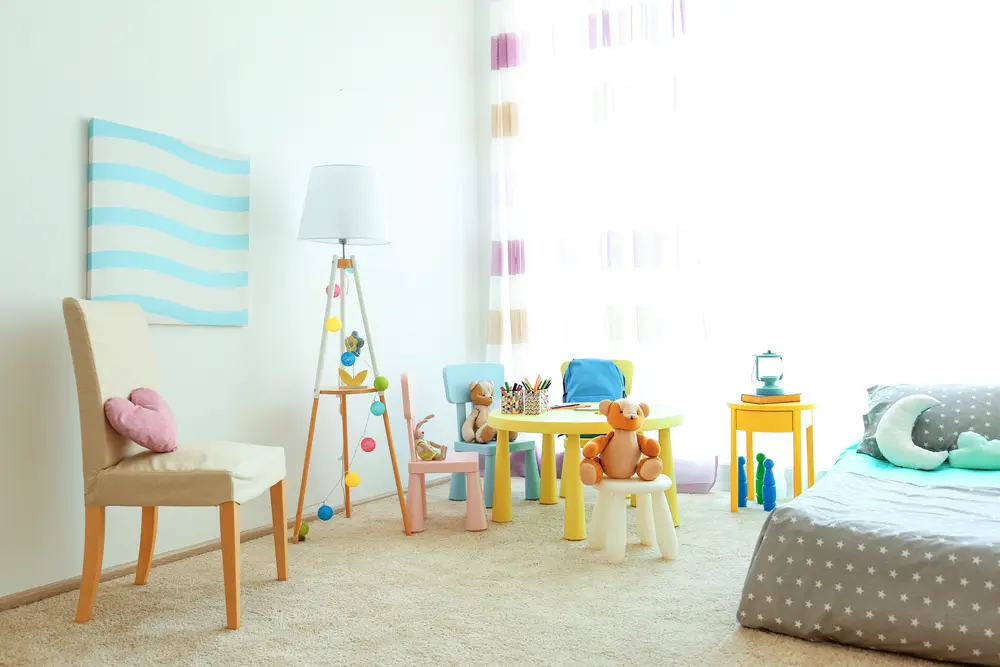
Create a Play-Friendly Environment
Children need a space where they feel safe and have easy access to toys and materials that encourage exploration. Try to set up a designated play area where everything is within reach—think open shelves with building blocks, art supplies, or simple costumes for role play. The space should be free of distractions (like TVs or devices) so they can fully engage with their activities.
If you can, make the space flexible. One day it could be a jungle, and the next, a construction site. By giving kids room to use their imagination, you’re subtly encouraging independent play.
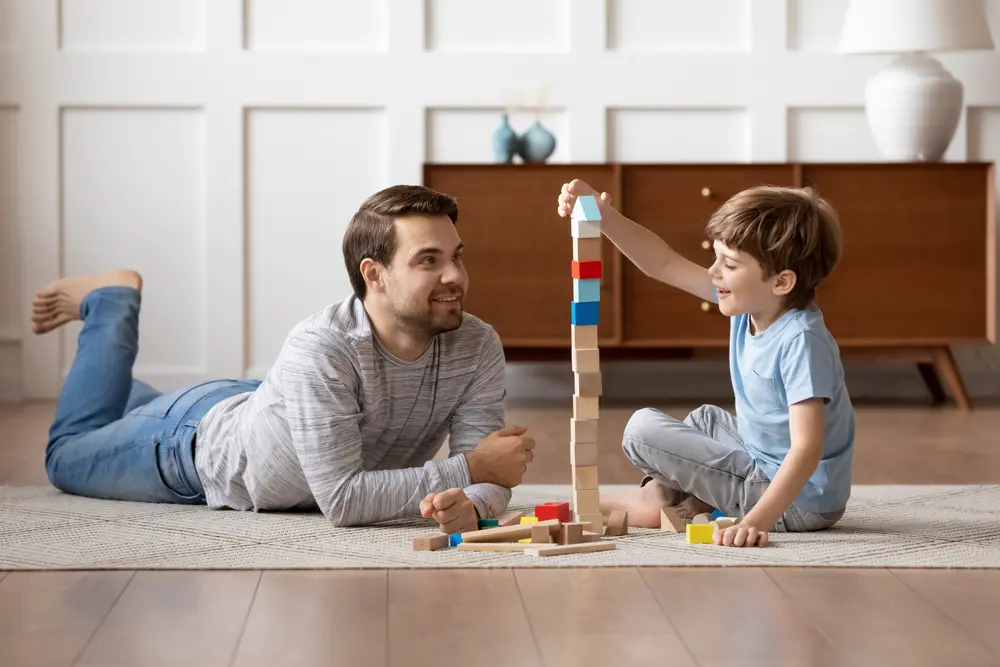
Start with Structured Play, Then Step Back
Some children need a little guidance before they feel comfortable playing on their own. In the beginning, you can start by introducing a structured activity—perhaps a craft project or a puzzle—and then slowly withdraw your involvement. As they get absorbed in the activity, take a step back. Let them take control of their play and figure things out by themselves.
Even if they call out to you for help, gently encourage them to try on their own first before stepping in. Over time, they’ll learn that they don’t need you as much as they thought!
Embrace Boredom
It’s natural to want to entertain your child when they tell you they’re bored, but boredom can actually be a great thing! When children are left with nothing to do, they are more likely to come up with their own activities. Instead of immediately suggesting a game or turning on a TV show, try saying, “Why don’t you find something fun to do?” This gentle nudge can push them toward independent play.

Limit Screen Time
Let’s face it—screens are the biggest competitors for your child’s attention. If they’re used to having a tablet or TV on, it might take a bit of time to get them back into the habit of playing on their own. One way to encourage independent play is to set specific screen-free times during the day, where the only options are to play with toys, read, or use their imagination.
Praise and Encourage Effort
When your child successfully plays on their own, even for a short time, acknowledge their effort. Positive reinforcement can be as simple as saying, “Wow, I love how you built that tower all by yourself!” or “It looks like you had so much fun creating that game!” This lets them know you value their independence and creativity.

Final Thoughts
Independent play is not just a way to keep children occupied—it’s a powerful tool for their development. By encouraging them to explore, imagine, and problem-solve on their own, you’re helping them build essential life skills. And the best part? It gives you a moment to relax and enjoy watching them grow.
So the next time your child is bored or looking for something to do, remember that a little independent play might be just what they need to thrive!


